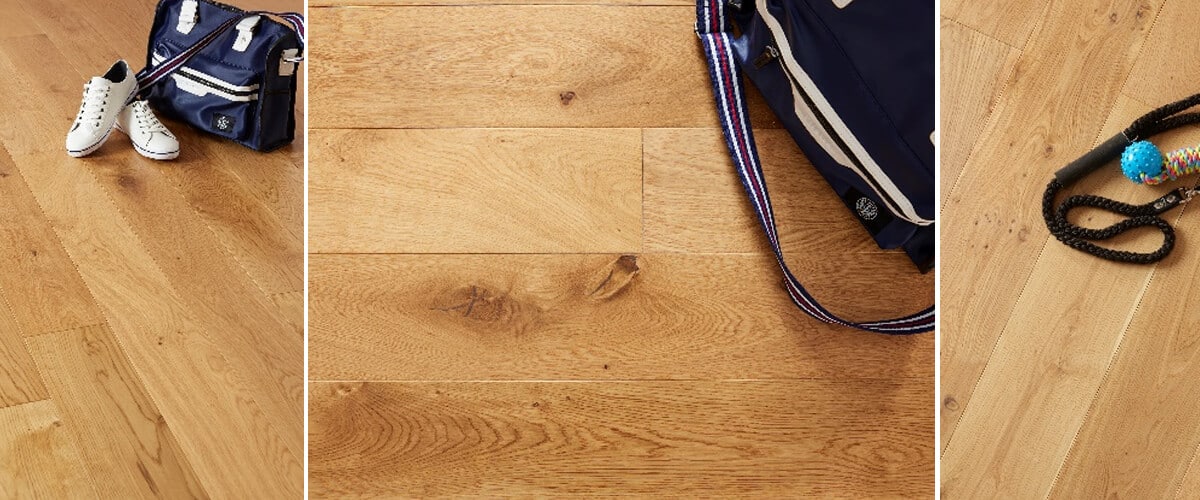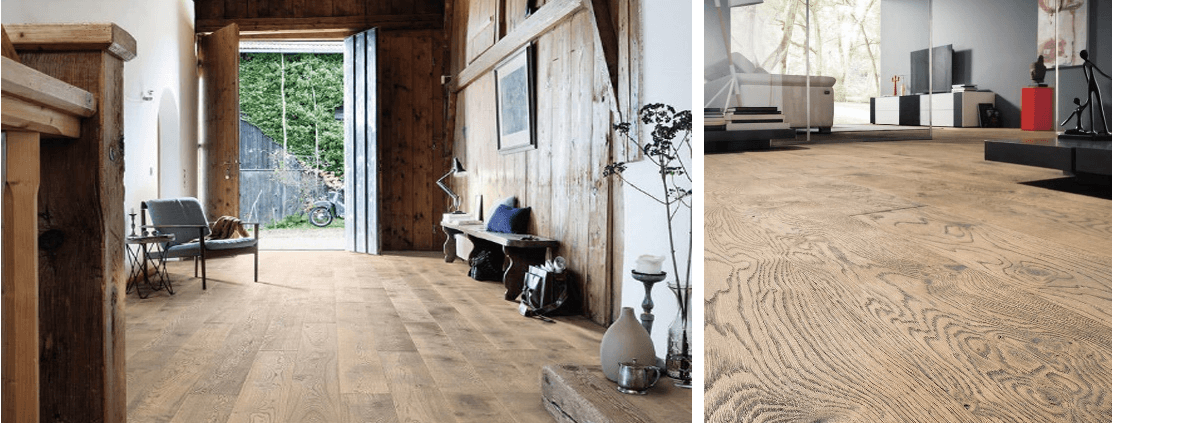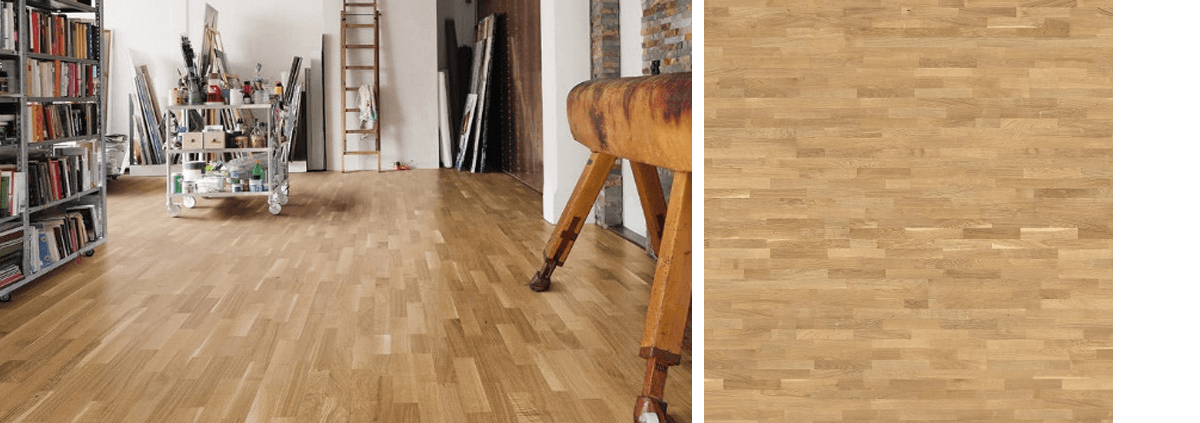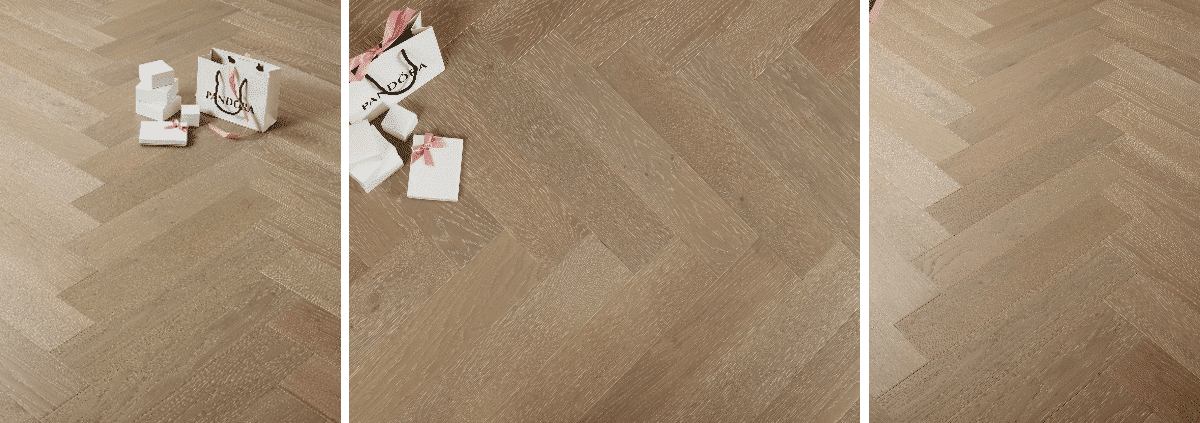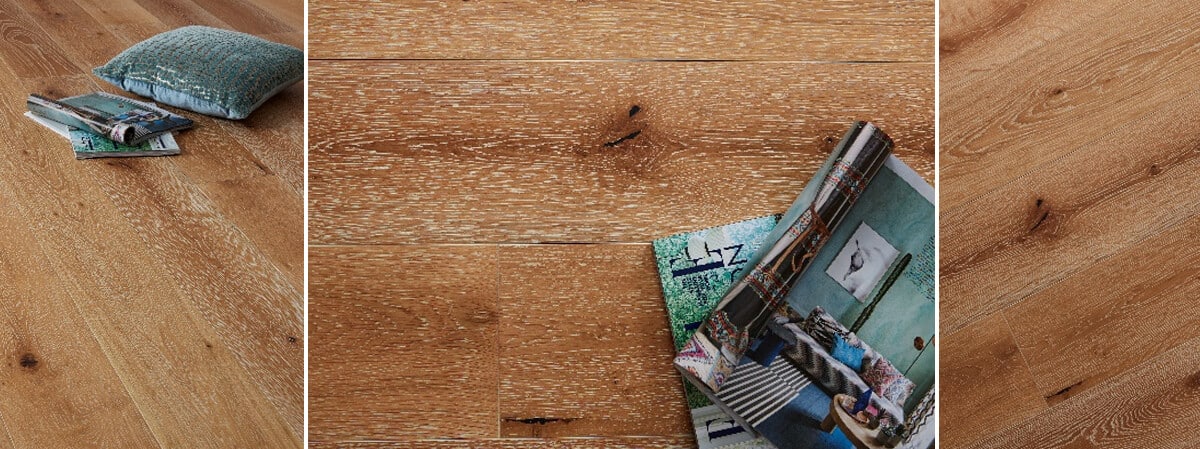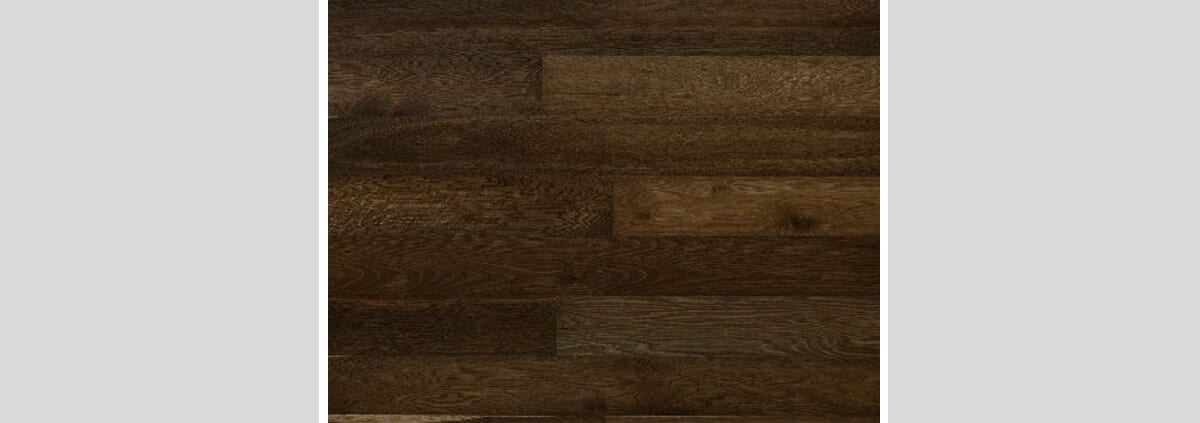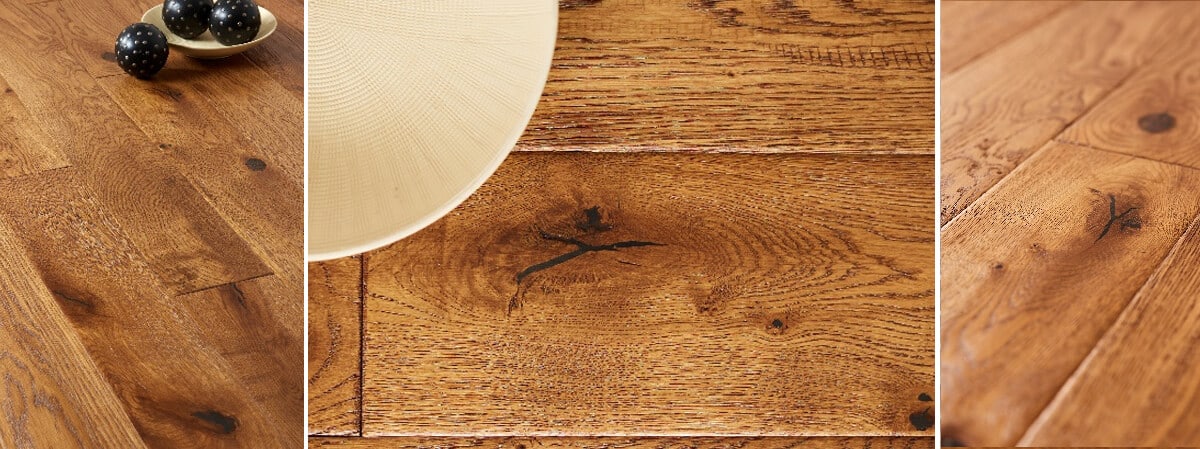Refinish Floors Without Sanding: 7 Easy Expert Tips
Refinish Floors Without Sanding: Your Practical Guide
Refinishing floors without sanding provides a cleaner, faster alternative to traditional hardwood floor restoration. This comprehensive guide details expert methods to refresh your wood floors while avoiding the mess and effort of sanding. Whether your goal is to restore shine, repair minor scratches, or rejuvenate fading surfaces, these techniques work well with a variety of flooring types such as herringbone multi-ply flooring and engineered hardwood floors, preserving their elegance and durability.
Understanding the Concept of Refinishing Floors Without Sanding
Traditional hardwood floor refinishing typically involves sanding to remove the old finish and expose bare wood. While effective, sanding produces substantial dust, necessitates specialized tools, and requires skill to avoid damaging the wood. In contrast, refinishing without sanding employs techniques such as screening, buffing, chemical treatments, and recoating. These processes gently abrade or dissolve the existing finish, preparing the floor for a new protective layer without aggressive abrasion. These methods work particularly well with floors finished with delicate veneers, such as Loch Sheil Multi-Ply Flooring and Blenheim Black Walnut flooring, ensuring longevity while maintaining the wood’s natural beauty.
When to Consider Refinishing Floors Without Sanding
This approach is ideal for floors exhibiting surface wear, light scratches, or dullness without deep gouges or extensive damage. Floors suffering from severe imperfections, deep chips, or peeling may still require traditional sanding for complete restoration. Properly assessing the floor’s condition is essential to selecting the most effective method. This is particularly important for engineered hardwood floors, common in London properties, which have a thin veneer that requires careful, non-invasive refinishing to avoid damage.
Local Context: Why It Matters in Your Area
In London and its boroughs, homeowners often face challenges with dust and disruption during renovations, especially in older buildings with historic wood floors. Areas such as Richmond Park, Hampstead Heath, and Thames riverside neighborhoods are known for properties featuring delicate hardwood floors that benefit significantly from sanding-free, dust-reducing restoration methods. Homeowners seeking expert help can trust the Nationwide Hardwood Flooring Company, which specialises in tailor-made solutions respecting the heritage and structural integrity of these floors.
Step-by-Step Guide to Refinishing Floors Without Sanding
- Clean the Floor Thoroughly: Begin by removing dust, dirt, and grime using mild detergents or specialised hardwood floor cleaners. A contaminant-free surface enhances the adhesion of the new finish while reviving wood tones. Recommended cleaning techniques and products are available on our blog.
- Screening or Buffing: Employ a floor buffer fitted with a fine abrasive screen to lightly abrade the existing finish. This creates a slightly roughened surface ideal for bonding the new finish without sanding down to raw wood. This method is particularly effective for floors such as Burghley Multi-Ply Flooring.
- Use Chemical Treatments: Apply specially formulated chemical deglossers or liquid sanders designed for wood floors. These products soften or dissolve the old finish to facilitate a strong bond for the new topcoat without the need for physical abrasion.
- Apply Stain or Coat: When staining is desired, choose gel stains that sit on the surface to avoid deep penetration. Follow with an application of polyurethane or hardwax oil finishes to protect and enhance the wood’s appearance. Finishes work excellently on floors like Eastbury Multi-Ply Flooring.
- Buff and Polish: End by gently buffing and polishing the floor to achieve a smooth, glossy surface. This final step maintains the refined look of styles such as Hardwick Multi-Ply flooring without compromising the wood.
Advantages of Refinishing Without Sanding
- Reduced Dust and Mess: Eliminates the significant dust production associated with sanding, improving indoor air quality—a crucial benefit for London homes often occupied during renovations.
- Faster Completion: Less preparation and cleanup enable quicker project turnaround.
- Preservation of Wood Thickness: Maintains the wood’s structural integrity by avoiding the removal of surface layers, vital for delicate engineered wood floors.
- Cost-Effectiveness: Typically reduces labor and equipment expenses, offering budget-friendly restoration without sacrificing quality.
Engineered Wood Floor Considerations
Engineered hardwood floors consist of a thin real wood veneer atop plywood or fiberboard, requiring gentle care to avoid damage. Non-sanding techniques like screening and recoating are recommended to protect the veneer and extend floor life. Well-suited products for these floors include The Primes Engineered Flooring and Balmoral Engineered Flooring.
Professional Refinishing Services in Your Area
The Nationwide Hardwood Flooring Company, locally based and reachable at 07940 528 315 or enquiries@nhfcompany.co.uk, specialises in refinishing floors without sanding using dust-free techniques, eco-conscious finishes, and custom restoration solutions perfect for London’s diverse homes and commercial spaces. Their portfolio showcases projects featuring classic herringbone designs and contemporary engineered wood floors.
Local Popular Flooring Styles
Classic herringbone and engineered oak flooring dominate London interiors and respond exceptionally well to modern, non-invasive refinishing. These styles merge sophistication with practicality, making appropriate maintenance essential for long-lasting beauty. Top choices include Herringbone Solid Flooring and Buckingham Solid.
Maintaining Floors After Refinishing
Effective maintenance after refinishing without sanding extends your floor’s lifespan and appearance:
- Clean regularly with wood floor-specific cleaners to avoid buildup.
- Place floor mats at entry points to minimize dirt and grit damage.
- Avoid harsh chemical cleaners that can degrade finishes over time.
- Consider occasional buffing in high-traffic zones to preserve sheen and surface integrity.
Frequently Asked Questions (FAQs)
Can all hardwood floors be refinished without sanding?
Not all floors qualify; refinishing without sanding works best for floors with minor surface wear. Deep damage usually requires traditional sanding to restore properly.
Is refinishing without sanding more expensive?
Typically, it is less costly due to reduced labor, shorter project duration, and minimal cleanup.
How long does the refinishing last?
With proper upkeep, refinished floors can maintain their refreshed look for many years before requiring additional treatment.
Are eco-friendly refinishing options available?
Yes, many finishes now feature low-VOC formulations, promoting better indoor air quality and sustainability in wood floor care.
Conclusion
Refinishing floors without sanding offers a smart, practical option for London homeowners and businesses wanting to restore wood floors while minimizing dust, time, and cost. With proper preparation, quality products, and expert application, it’s possible to achieve stunning, long-lasting hardwood floor results that enhance both aesthetics and durability.
For tailored expert refinishing in London’s unique homes and commercial spaces, contact the Nationwide Hardwood Flooring Company at 07940 528 315 or enquiries@nhfcompany.co.uk. Explore their extensive range including Loch Morar Multi-Ply Flooring and Benton Herringbone Multi-Ply Flooring to elevate your home’s floors.
For more detailed information on floor care and refinishing innovations, visit reputable resources like the National Floorcovering Manufacturers Association and The American Wood Hardwood Flooring Association, which offer valuable guidance on best practices and industry standards.


